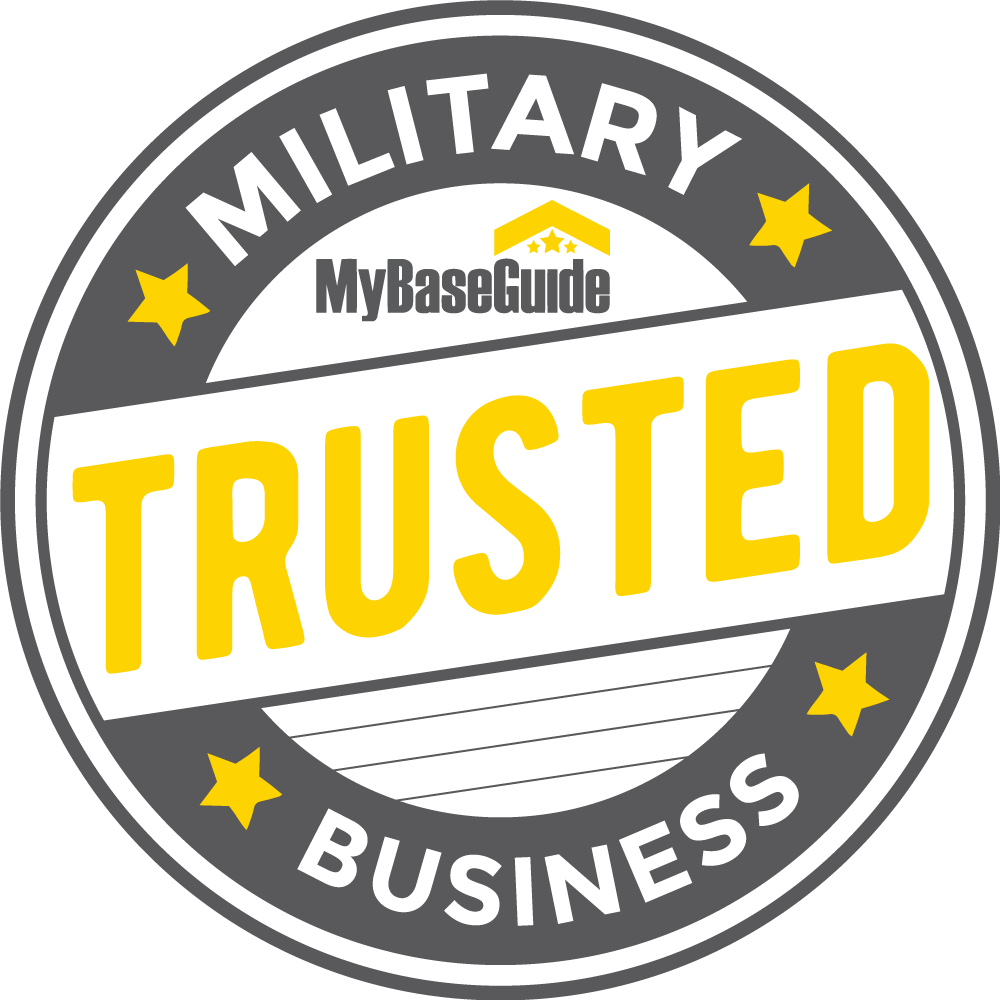
Achieving healthy mental health has become a concern for both employees and employers. As deadlines pile up and responsibilities increase, it’s easy for stress and anxiety to take a toll on well-being.
But addressing mental health in the workplace doesn’t need to be overwhelming. A few simple, science-backed strategies can help create a healthier and more supportive work environment. This approach benefits everyone involved.
Why Is It Important to Address Mental Health in the Workplace?
In the workplace, addressing mental health is not just a moral obligation but a business imperative. When employees struggle with mental health issues like stress, anxiety, or depression, their productivity, engagement, and job satisfaction often decline. This leads to increased absenteeism, higher turnover rates and lower overall performance.
Moreover, mental health issues can create a toxic work environment. When left unaddressed, these problems can spread, affecting team dynamics and creating a culture of burnout. What’s more, depression and anxiety cost the global economy an estimated $1 trillion per year in lost productivity.
So investing in mental health initiatives can result in a happier, more engaged workforce. Employees are more likely to thrive in an environment where they feel supported and valued. This, in turn, leads to better business outcomes. Including higher retention rates and improved company reputation. Addressing mental health in the workplace is not just beneficial for employees. It’s essential for the success of the entire organization.
What Are the 6 Science-Backed Tips for Mental Health in the Workplace?
Backed by science, these tips not only promote well-being but also enhance overall performance.
1. Promote Physical Activity
Regular physical activity is a powerful way to boost mental health. Exercise helps reduce stress hormones like adrenaline and cortisol. While also increasing endorphins — chemicals that naturally lift your mood.
Encouraging employees to stay active can greatly improve their mental well-being. Offering gym memberships, walking meetings, or flexible schedules for exercise can create a healthier, happier workplace. Simple changes significantly boost employee well-being.
2. Encourage Mindfulness and Meditation
Mindfulness practices, including meditation, have been shown to reduce stress and anxiety in the workplace. A research found that employees who practiced mindfulness experienced lower levels of stress and greater job satisfaction.
So, companies can support mindfulness by offering meditation sessions, creating quiet spaces for reflection, or incorporating mindfulness into meetings. These practices help employees stay focused, reduce negative thoughts and improve overall mental health.
3. Foster a Supportive Work Environment
A lack of support at work can severely impact mental health. Job stress contributes to around 120,000 people losing their lives annually. Gallup reports that only 32% of U.S. employees feel engaged at work. With 16% feeling actively disengaged, often due to unsupportive environments. This can lead to increased stress, anxiety, and a toxic workplace culture.
Employers can counteract this by providing regular feedback, recognizing achievements and offering mental health resources. Such as Employee Assistance Programs (EAPs). These actions help reduce stress and promote a healthier, more engaged workforce.
4. Set Clear Boundaries
Blurring work and personal life boundaries can lead to burnout. A Deloitte study found that 77% of professionals have experienced burnout at their current job, with over half facing it multiple times. Constant availability increases stress and the risk of serious health issues.
To prevent this, employers should encourage clear work-life boundaries. Such as setting specific work hours, discouraging after-hours communication, and promoting vacation time. Respecting these boundaries helps protect employees’ mental and physical health. Leading to a more productive and satisfied workforce.
5. Provide Access to Mental Health Resources
Access to mental health support is essential for a healthy workplace. Offering Employee Assistance Programs (EAPs), which provide confidential counseling, can significantly reduce stress and improve job satisfaction. According to one study, 70% of employees with access to EAPs report higher job satisfaction.
Additionally, including mental health coverage in health insurance plans ensures employees can access therapy or counseling without financial strain. Offering mental health days can also prevent burnout.
Employers can further support mental health by partnering with local professionals to offer workshops or webinars on stress management, fostering a culture of openness and support around mental well-being.
6. Encourage Social Connections
Social support is a key factor in maintaining good mental health. Building strong social connections at work can help employees feel more engaged and less isolated. According to the experts, employees with strong social support at work are more resilient to stress.
Employers can encourage social interactions by organizing team-building activities, creating mentorship programs or simply fostering a collaborative work environment where employees feel comfortable connecting with one another.
What Are Common Mental Health Issues for Working Professionals?
Mental health issues are increasingly prevalent among working professionals. Stress, anxiety, depression, and burnout. These are just a few of the common challenges faced by those in the workforce today.
Stress
Stress is perhaps the most widespread issue. According to the American Psychological Association, 77% of adults report experiencing moderate to high levels of stress in their jobs. Chronic stress can lead to severe health problems. Both mental and physical. It can trigger anxiety disorders, cause sleep disturbances and even contribute to cardiovascular diseases.
Anxiety
The World Health Organization (WHO) reports that anxiety disorders are the most common mental health disorders worldwide. In the workplace, anxiety can manifest as constant worry, panic attacks, or an overwhelming fear of failure.
Not only does this affect the individual’s well-being but also their performance at work. Tasks that once seemed manageable may now feel insurmountable. Leading to decreased productivity and job satisfaction.
Depression
The WHO estimates that over 264 million people worldwide suffer from depression, and many of these individuals are working professionals. Depression can lead to a loss of interest in work, fatigue, and feelings of worthlessness. It can also contribute to absenteeism. With employees needing more time off due to their mental health struggles. Also many individuals do not seek help due to stigma or fear of job loss.
Burnout
Burnout has been recognized by the WHO as an occupational phenomenon. It is characterized by feelings of energy depletion, increased mental distance from one’s job, or feelings of negativism or cynicism related to one’s job. Burnout is particularly common in high-stress professions. Such as healthcare, education, and finance. It leads to reduced professional efficacy which can further exacerbate the feelings of inadequacy and stress.
The impact of these mental health issues extends beyond the individual. Companies face high costs related to decreased productivity, increased absenteeism, and higher healthcare expenses. The American Psychiatric Association Foundation’s Center for Workplace Mental Health estimates that depression alone costs the U.S. economy over $210 billion annually. This includes costs associated with absenteeism, reduced productivity, and medical expenses.
Given these statistics, its clear that mental health issues are a significant concern for working professionals. So managing these issues is not just beneficial for employees but also for organizations looking to maintain a healthy, productive workforce.
How Does the Workplace Environment Influence Mental Health?
Indeed, a workplace environment influences the employee’s mental health. Factors such as job demands, workplace culture, and work-life balance can either support mental well-being or contribute to mental health challenges.
Job demands
Job demands are a primary factor. High workloads, tight deadlines, and unrealistic expectations can create a pressure-cooker environment. When employees are consistently pushed beyond their limits, stress levels skyrocket. The experts note that job stress is the leading source of stress for American adults.
Over time, this chronic stress can lead to anxiety, depression, and burnout. Moreover, employees who feel they lack control over their work are more likely to experience stress-related health issues.
Workplace culture
Another thing is that workplace culture also significantly impacts mental health. A toxic work environment, like poor communication and lack of support, can lead to increased stress. Negative relationships with colleagues or supervisors further amplify anxiety.
Conversely, a positive workplace culture that fosters collaboration, respect, and open communication can enhance mental well-being. Employees who feel valued and supported are more likely to be engaged, motivated, and mentally healthy.
Work-life balance
Today, the lines between work and personal life are often blurred. Employees are expected to be available around the clock. Leading to long working hours and insufficient time to recharge. This imbalance can result in chronic stress and burnout.
Long working hours are linked to a higher risk of developing anxiety and depression. On the other hand, organizations that encourage a healthy work-life balance such as through flexible working arrangements or promoting regular breaks, help employees manage stress and maintain their mental health.
Physical work environment
Poor lighting, inadequate ventilation, and uncomfortable workspaces can contribute to stress and discomfort, further impacting mental health. Even seemingly minor factors, such as office noise levels or the availability of natural light can influence an employee’s mood and stress levels.
Organizational policies
Companies that prioritize mental health, offering resources such as employee assistance programs (EAPs), mental health days, or access to counseling services, help create an environment where employees feel supported.
Openly discussing and supporting mental health within an organization encourages employees to seek help when needed. Such an approach reduces the impact of mental health issues on their work.
What Can the TMS Institute of Arizona Do to Help Employees?
The TMS Institute of Arizona offers advanced, non-invasive treatment options for employees struggling with mental health disorders such as depression, anxiety, PTSD, and more.
Our FDA-approved Transcranial Magnetic Stimulation (TMS) therapy is particularly effective for individuals who haven’t found relief through traditional treatments. TMS therapy can help employees regain their mental well-being, enhancing their performance and overall quality of life.
Reach out to us today to explore how our treatments can make a difference.
References:
Aditya Mahindru, Patil, P., & Agrawal, V. (2023). Role of Physical Activity on Mental Health and Well-Being: A Review. Cureus. https://doi.org/10.7759/cureus.33475
Bartlett, L., Marie-Jeanne Buscot, Aidan Bindoff, Chambers, R., & Hassed, C. (2021). Mindfulness Is Associated With Lower Stress and Higher Work Engagement in a Large Sample of MOOC Participants. Frontiers in Psychology, 12. https://doi.org/10.3389/fpsyg.2021.724126
- Virtanen, Ferrie, J. E., A. Singh-Manoux, Shipley, M. J., Stansfeld, S. A., Marmot, M. G., Ahola, K., J. Vahtera, & M. Kivimäki. (2011). Long working hours and symptoms of anxiety and depression: a 5-year follow-up of the Whitehall II study. Psychological Medicine, 41(12), 2485–2494. https://doi.org/10.1017/s0033291711000171
Depression. (2020, October 9). NAMI California. https://namica.org/illnesses/depression/
World. (2023, September 27). Anxiety disorders. Who.int; World Health Organization: WHO. https://www.who.int/news-room/fact-sheets/detail/anxiety-disorders
America, in. (2023). 2023 Work in America Survey. Https://Www.apa.org. https://www.apa.org/pubs/reports/work-in-america/2023-workplace-health-well-being
Harter, J. (2024, July 26). Gallup.com; Gallup. https://www.gallup.com/workplace/647564/employee-engagement-inches-slightly-year-low.aspx
Shatté, A., Perlman, A., Smith, B., & Lynch, W. D. (2017). The Positive Effect of Resilience on Stress and Business Outcomes in Difficult Work Environments. Journal of Occupational and Environmental Medicine, 59(2), 135–140. https://doi.org/10.1097/jom.0000000000000914
Pros & Cons of Employee Assistance Programs | Nivati. (2021). Nivati.com. https://www.nivati.com/blog/pros-cons-of-employee-assistance-programs
Parth Chodavadia, Teo, I., Poremski, D., Shuen, D., & Eric Andrew Finkelstein. (2023). Prevalence and economic burden of depression and anxiety symptoms among Singaporean adults: results from a 2022 web panel. BMC Psychiatry, 23(1). https://doi.org/10.1186/s12888-023-04581-7
Workplace Burnout Survey | Deloitte US. (2018, March 14). Deloitte United States. https://www2.deloitte.com/us/en/pages/about-deloitte/articles/burnout-survey.html
Workplace Mental Health – Quantifying the Cost of Depression. (2015). Workplacementalhealth.org. https://workplacementalhealth.org/mental-health-topics/depression/quantifying-the-cost-of-depression
Workplace Stress Statistics: $300B Cost, 120K Deaths, Health Crisis – WiFiTalents. (2024). WiFiTalents. https://wifitalents.com/statistic/workplace-stress/













